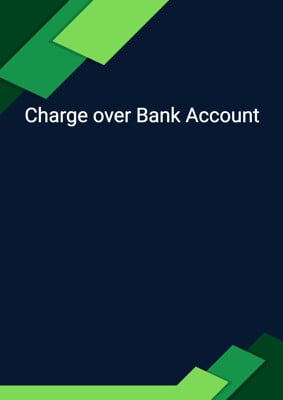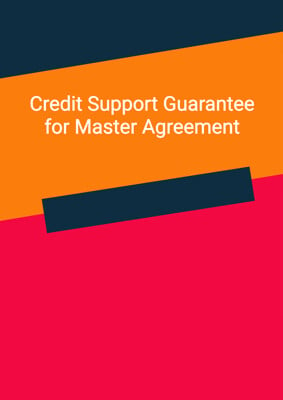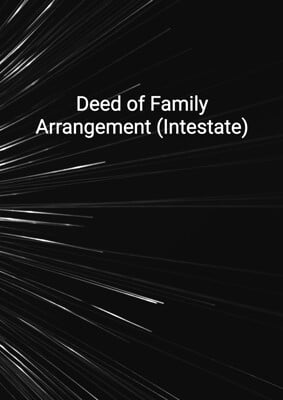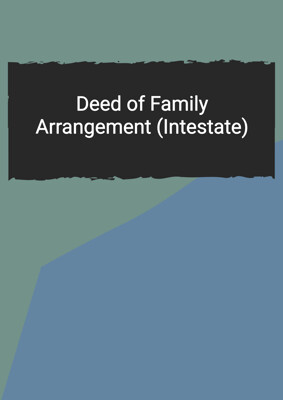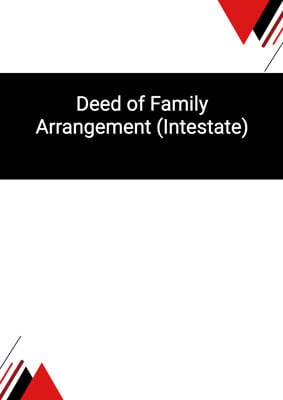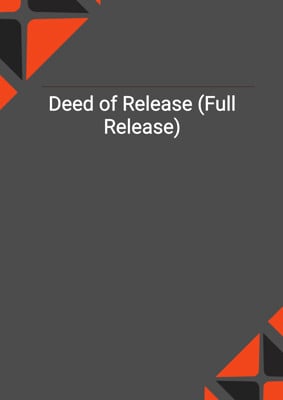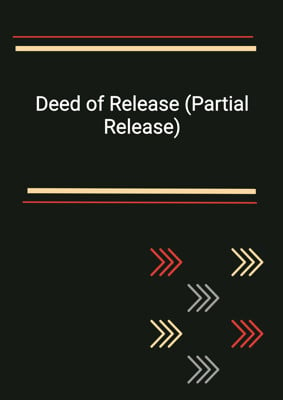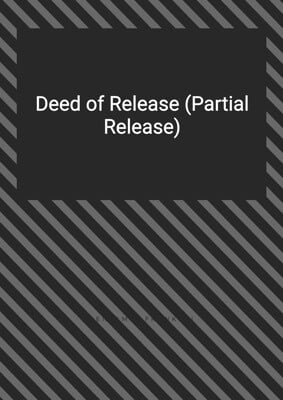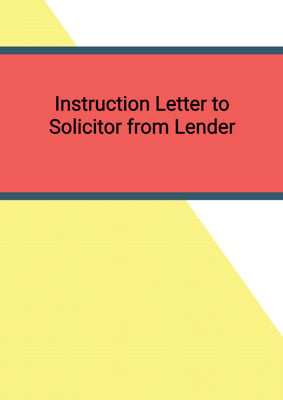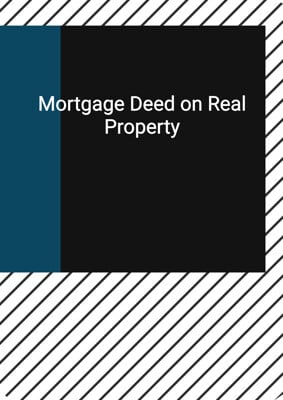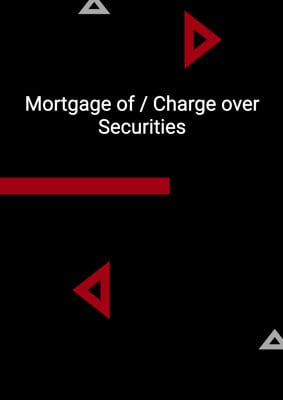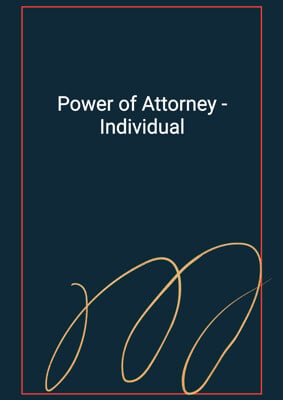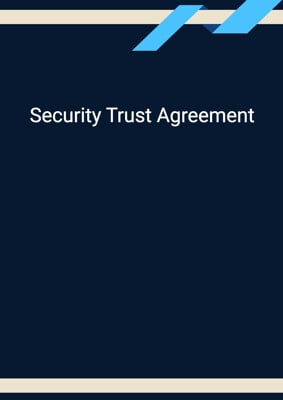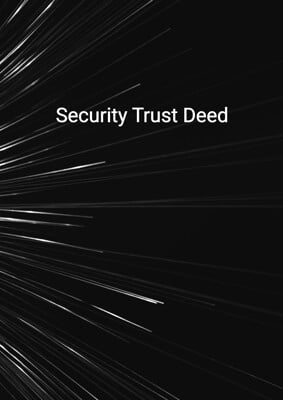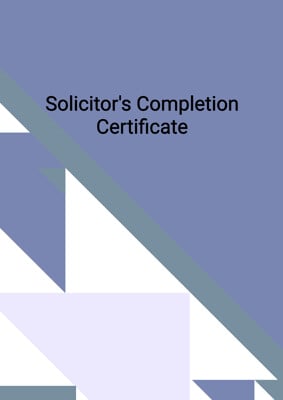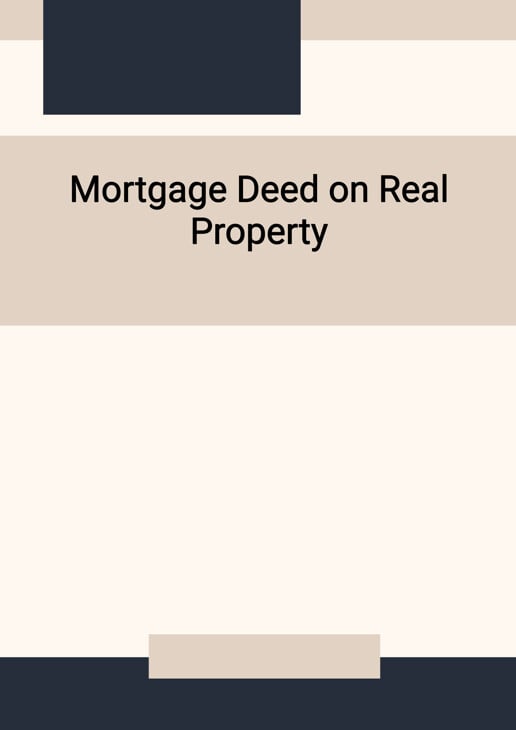
Mortgage Deed on Real Property
3 Parties
The Three-party Mortgage Deed is a standard three-party form of mortgage between the Mortgagor (i.e. the Borrower) and the Mortgagee (i.e. the Lender) in relation to a mortgage of real property provided as security by the Mortgagor for the loan facility provided by the Lender to the Borrower.
How to Tailor the Document for Your Need?
01
Create Document
Fill in the details of the parties. You can click the "Fill with Member’s Information" button to complete it with information saved to your account.
02
Fill Information
Please fill in any additional information by following the step-by-step guide on the left hand side of the preview document and click the "Next" button.
03
Get Document
When you are done, click the "Get Document" button and you can download the document in Word or PDF format.
04
Review Document
The document should be signed by the authorised signatory (or directors of a company) and witnessed to complete the formality.
Document Preview
Document Description
The Mortgage Deed on Real Property is a legal document that serves as security for a facility agreement between the borrower and the lender. The document outlines the terms and conditions of the mortgage, including the property charged under the mortgage and the obligations of the borrower and the mortgagor. It is important to have a clear understanding of the document to ensure compliance and protect the interests of both parties.
The document begins with an interpretation section, defining key terms used throughout the mortgage. It also includes a section on the property charged under the mortgage, providing a description of the property.
The terms and conditions of the mortgage are outlined in the mortgage conditions, which are attached as a schedule to the document. These conditions cover various aspects such as payment, indemnity, insurance obligations, obligations relating to the property, default interest rate, costs, and enforcement of the mortgage.
The mortgage also includes provisions for the appointment of a receiver in the event of default, the disclosure of information, and the lender's rights to assign or transfer their rights and obligations under the mortgage.
It is important to note that the mortgage is independent of any other guarantee or security and that the lender has the right to require further security if deemed necessary.
The mortgage is governed by the laws of the jurisdiction state, and any legal action in connection with the mortgage should be taken in that jurisdiction.
Overall, the Mortgage Deed on Real Property is a crucial document that outlines the rights and obligations of the borrower and the mortgagor, as well as the lender's rights in the event of default. It is essential to carefully review and understand the terms and conditions of the mortgage to ensure compliance and protect the interests of all parties involved.
How to use this document?
To use the Mortgage Deed on Real Property, follow these steps:
1. Review the entire document to understand its purpose and the obligations of the borrower and the mortgagor.
2. Ensure that all information in the document, such as the names and addresses of the parties involved, is accurate and up to date.
3. Familiarize yourself with the mortgage conditions outlined in the schedule attached to the document.
4. Make sure to comply with all payment obligations, including the repayment of the amount owing and the payment of expenses.
5. Maintain proper insurance coverage for the property and provide evidence of insurance to the lender.
6. Fulfill all obligations relating to the property, such as paying rent, management fees, rates, taxes, and other outgoings.
7. Keep the property in good repair and condition and allow the lender or their representatives to inspect the property when necessary.
8. Notify the lender promptly of any disputes, complaints, or changes in the information provided.
9. Comply with all laws, regulations, and orders related to the property.
10. Seek legal advice if needed to ensure full understanding and compliance with the terms and conditions of the mortgage.
By following these steps, you can effectively use the Mortgage Deed on Real Property and fulfill your obligations as a borrower or mortgagor.
Not the right document?
Don’t worry, we have thousands of documents for you to choose from:
